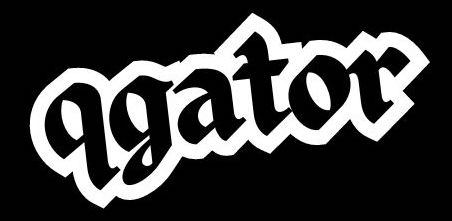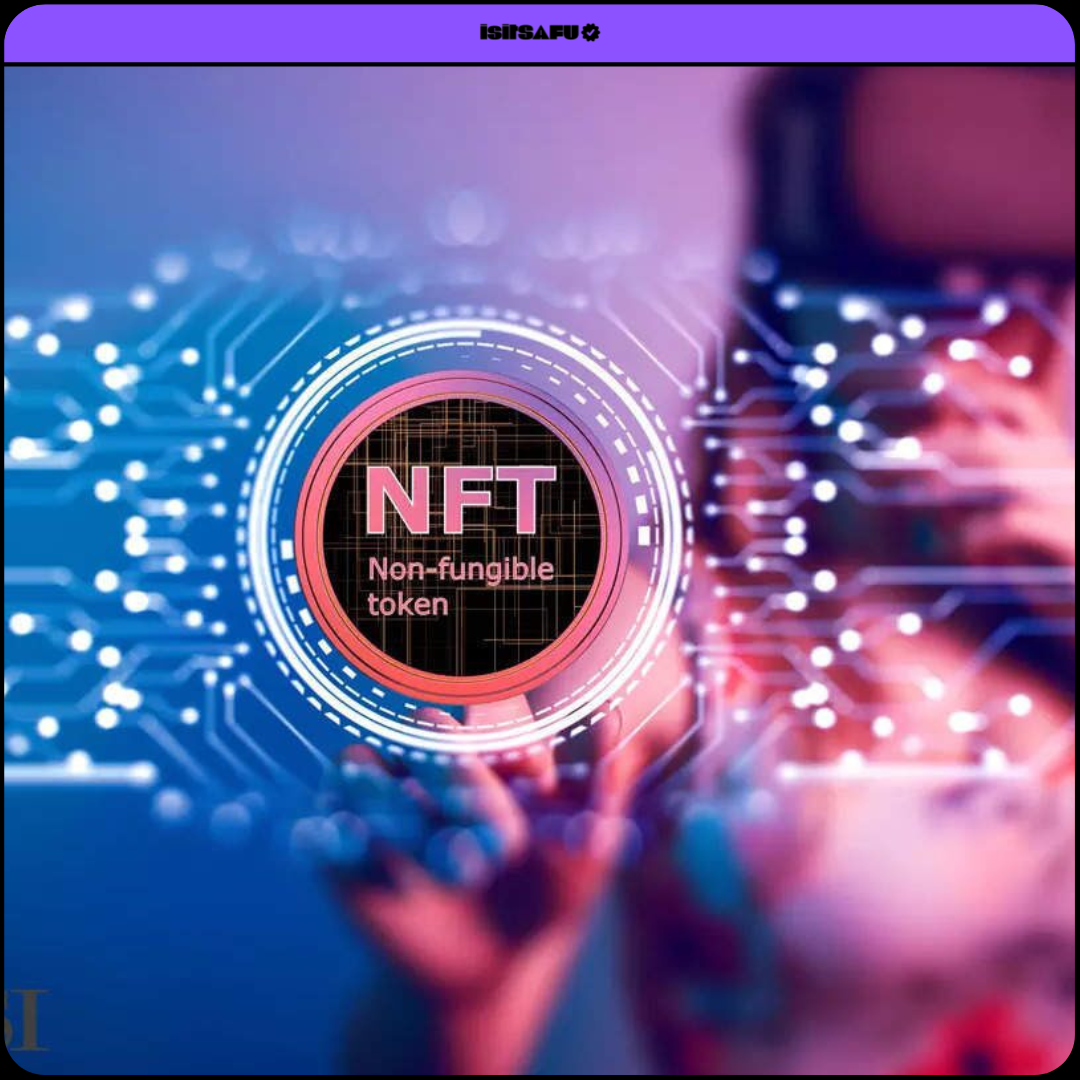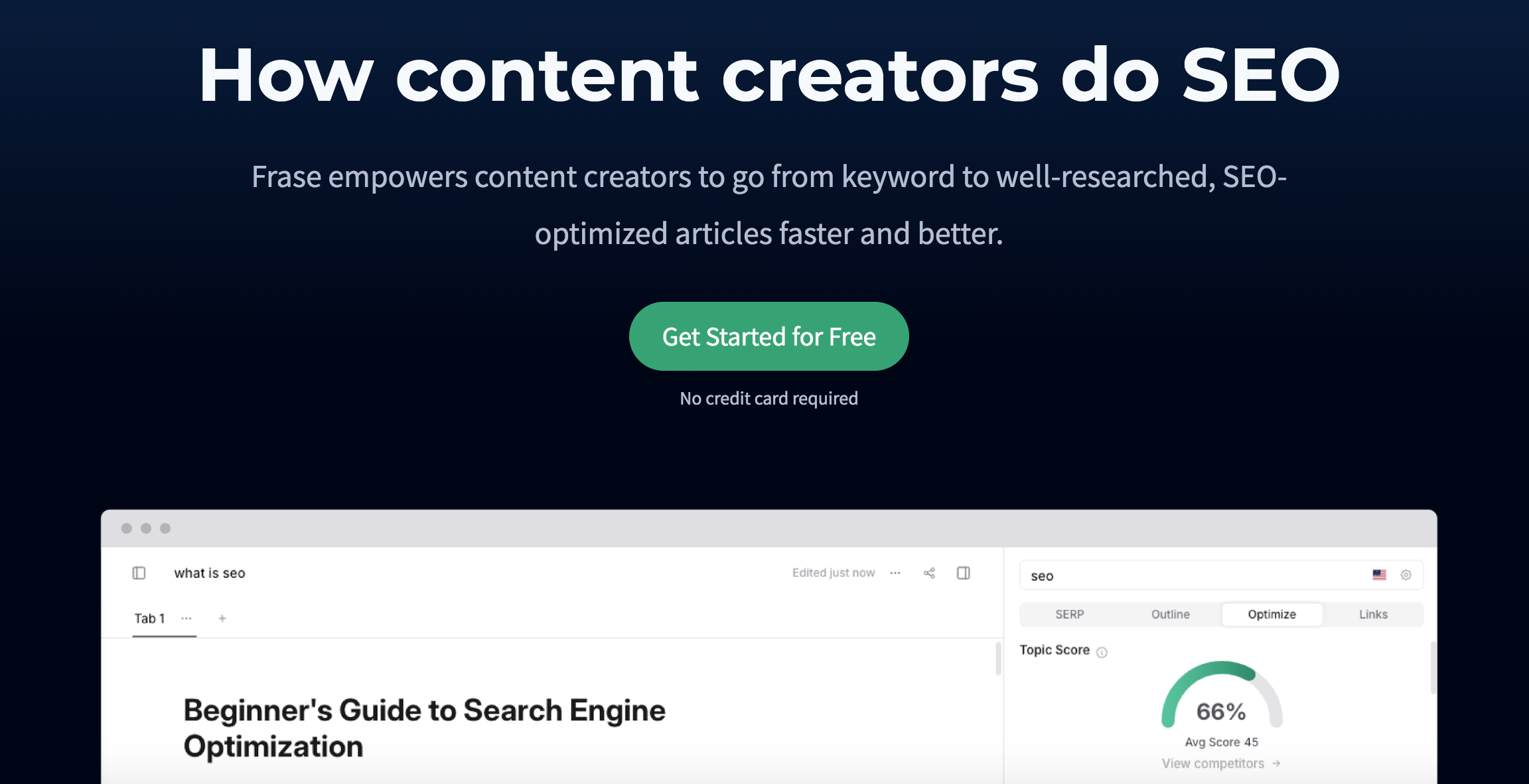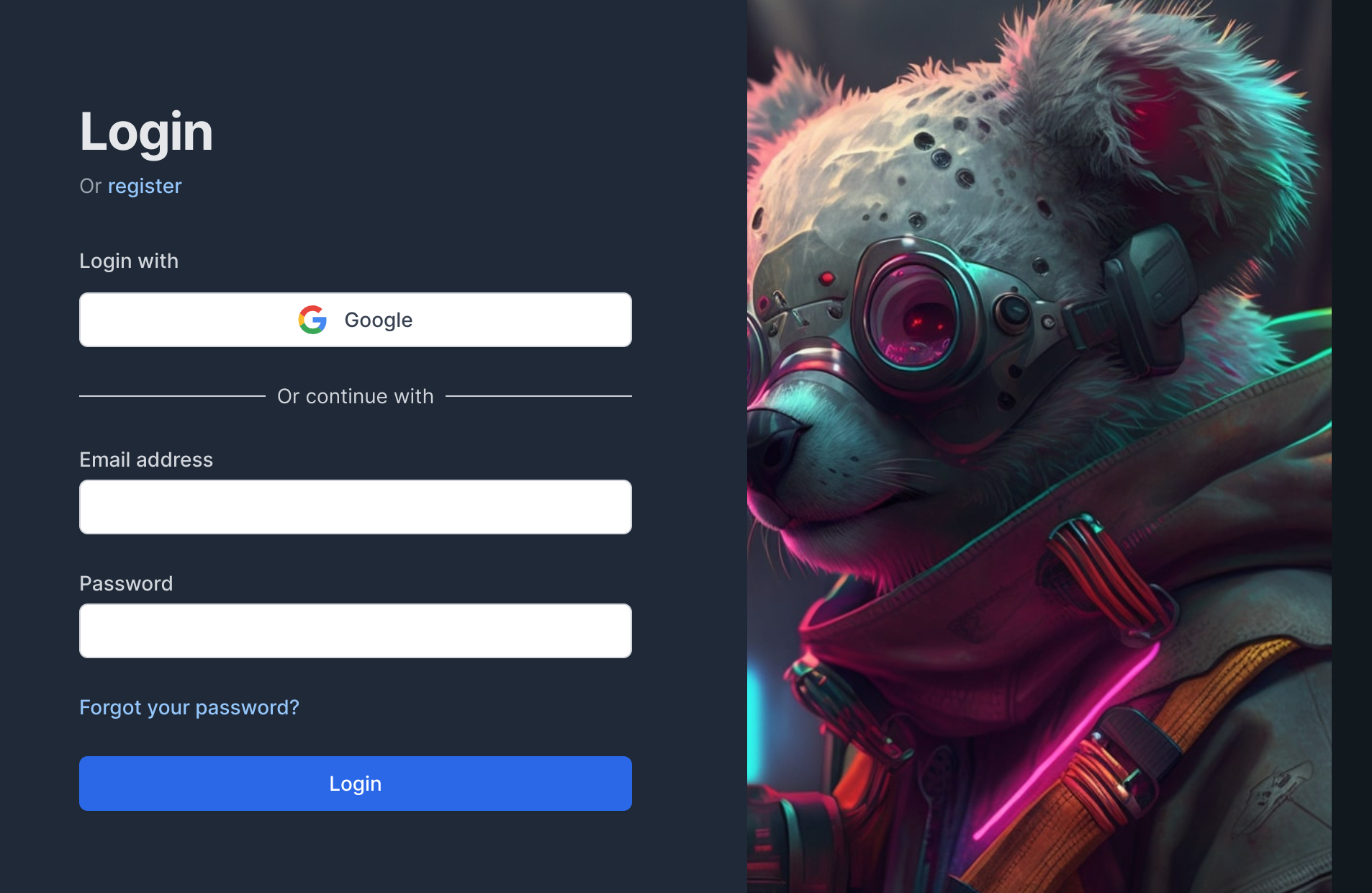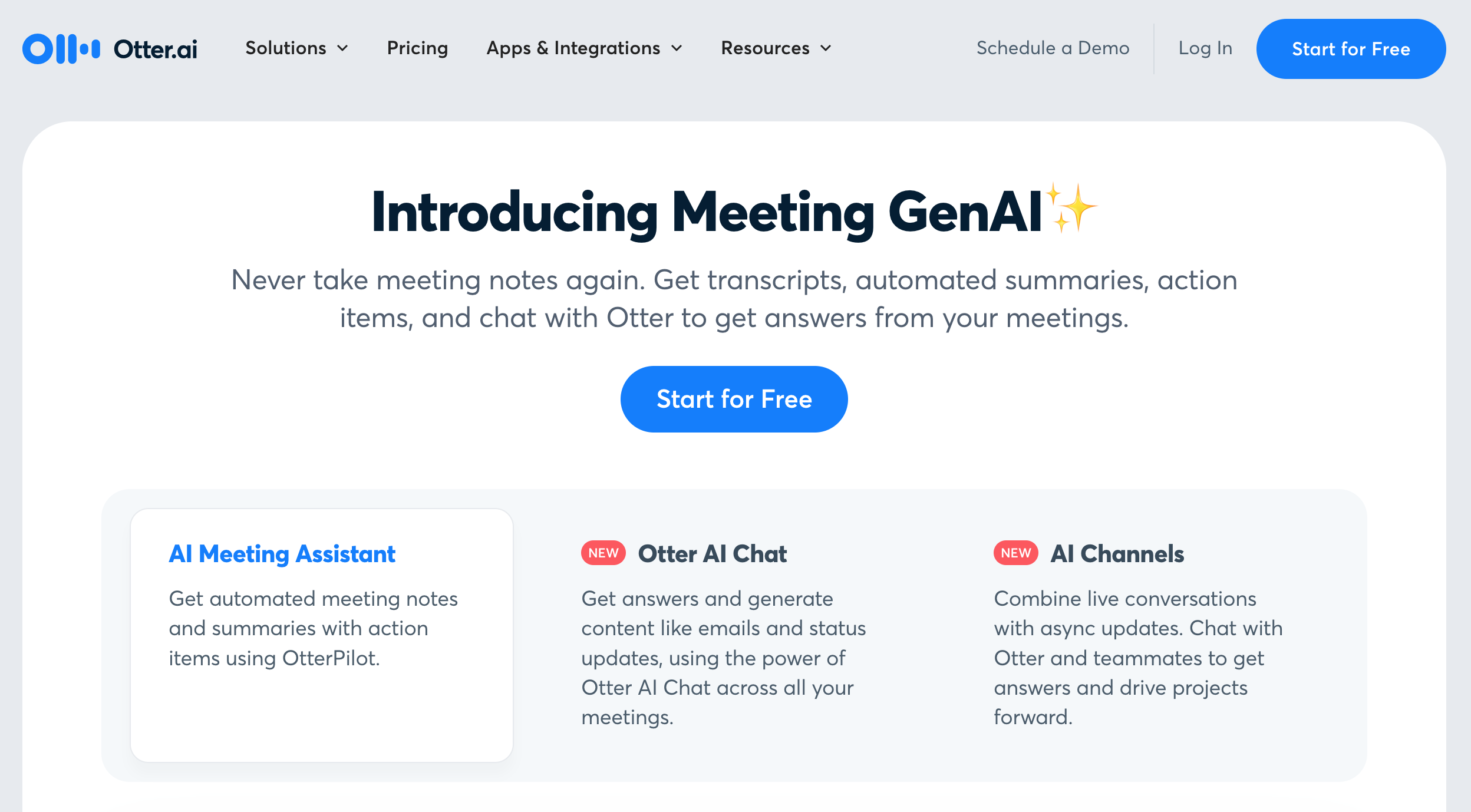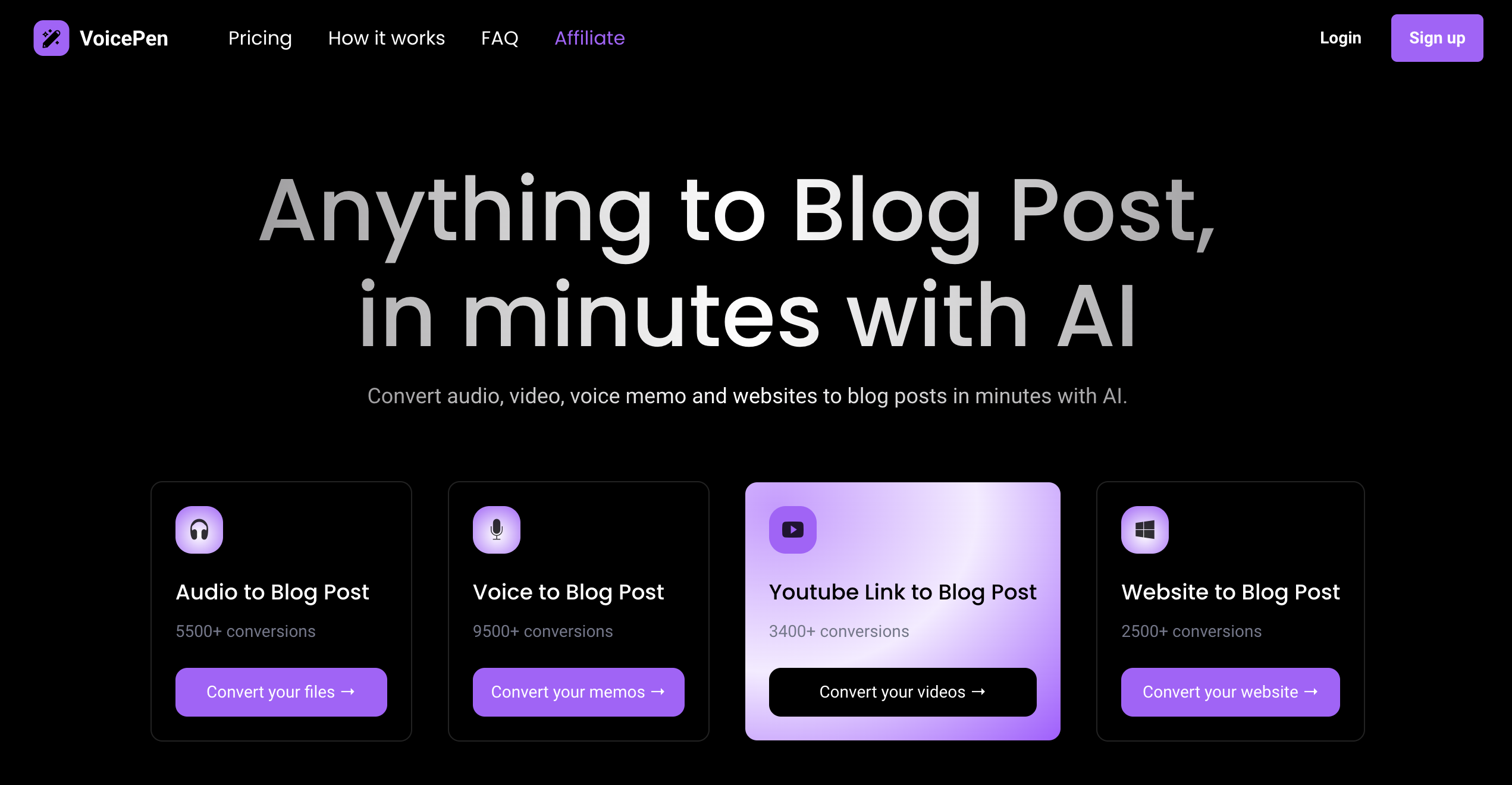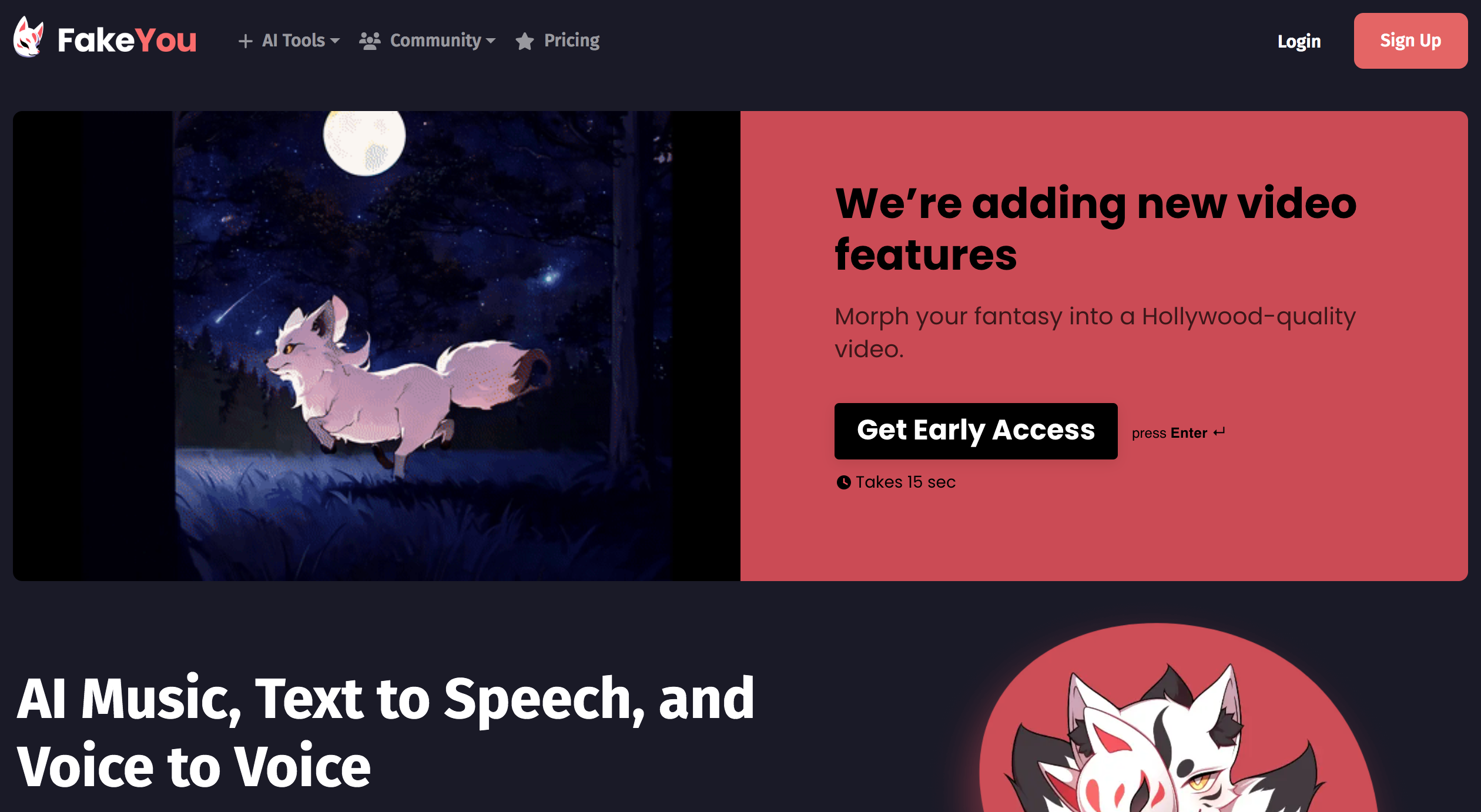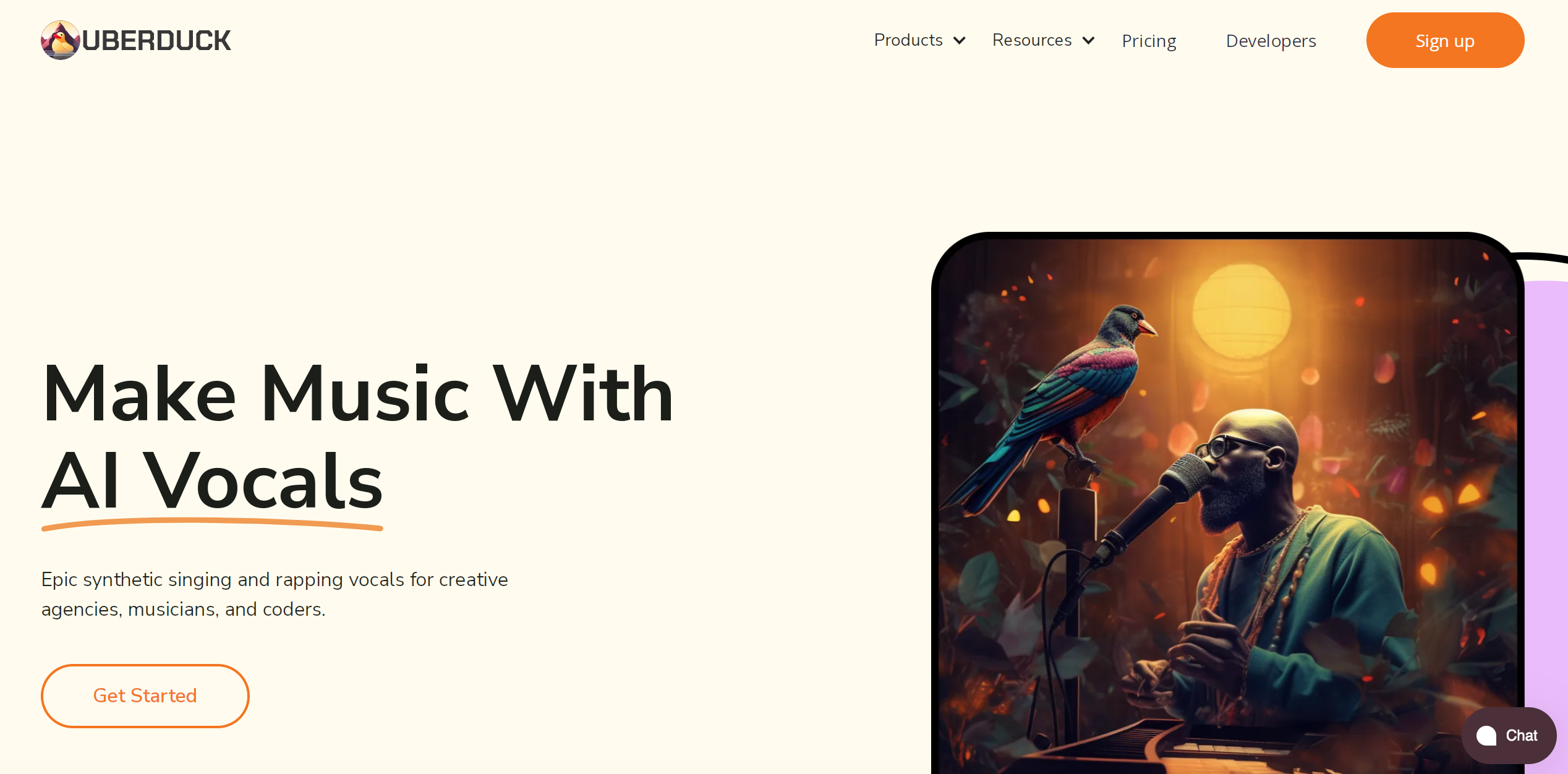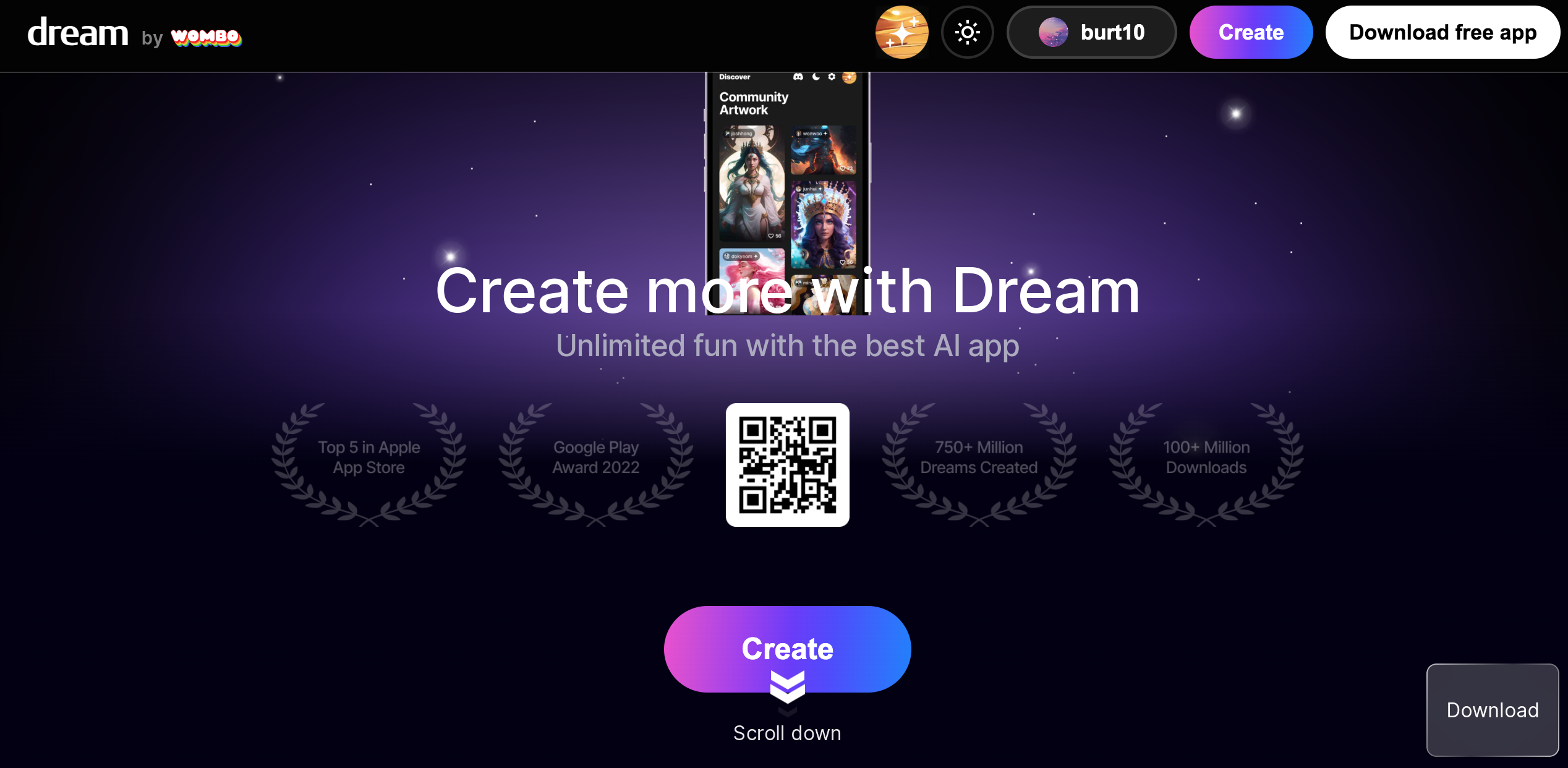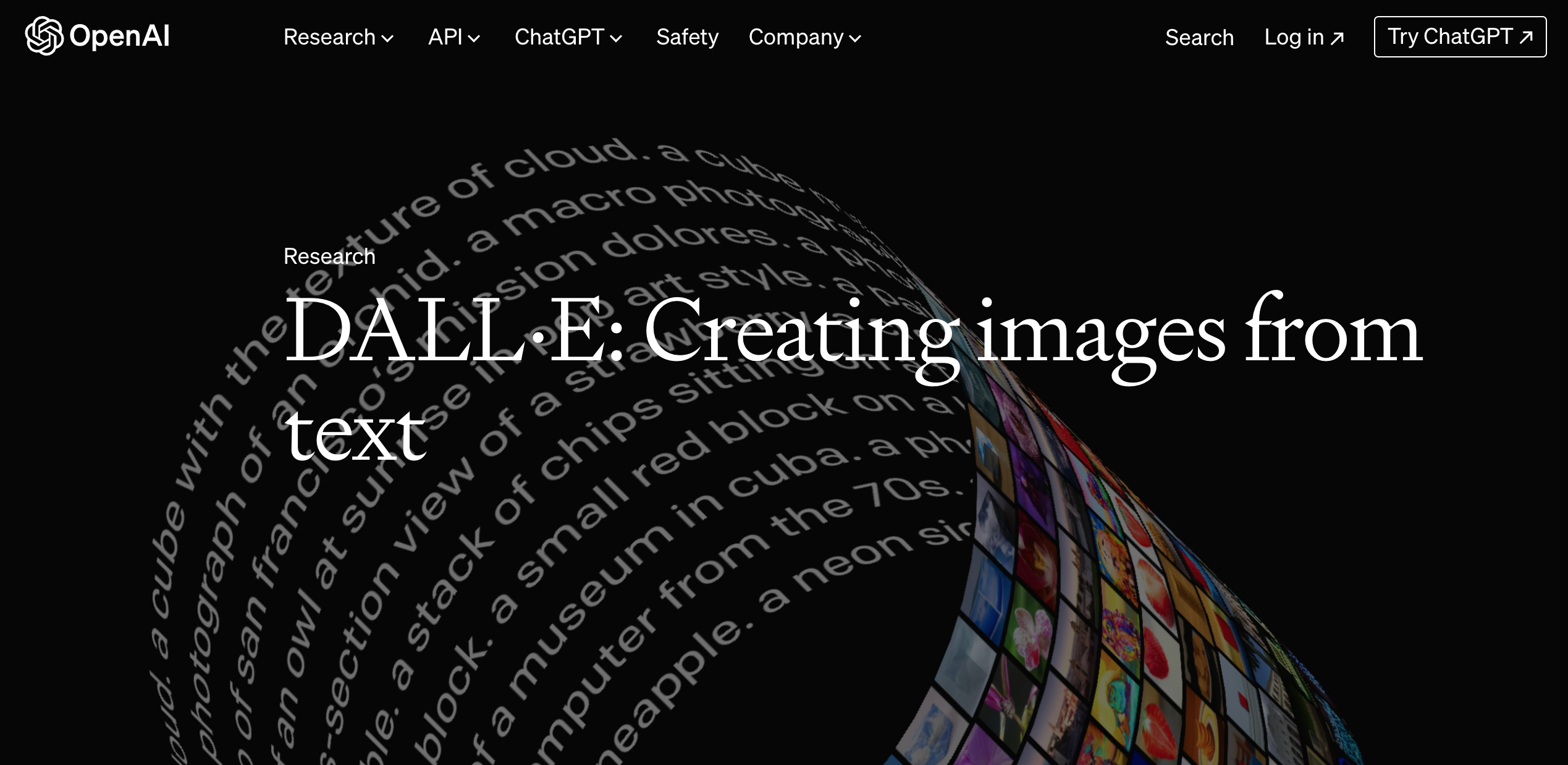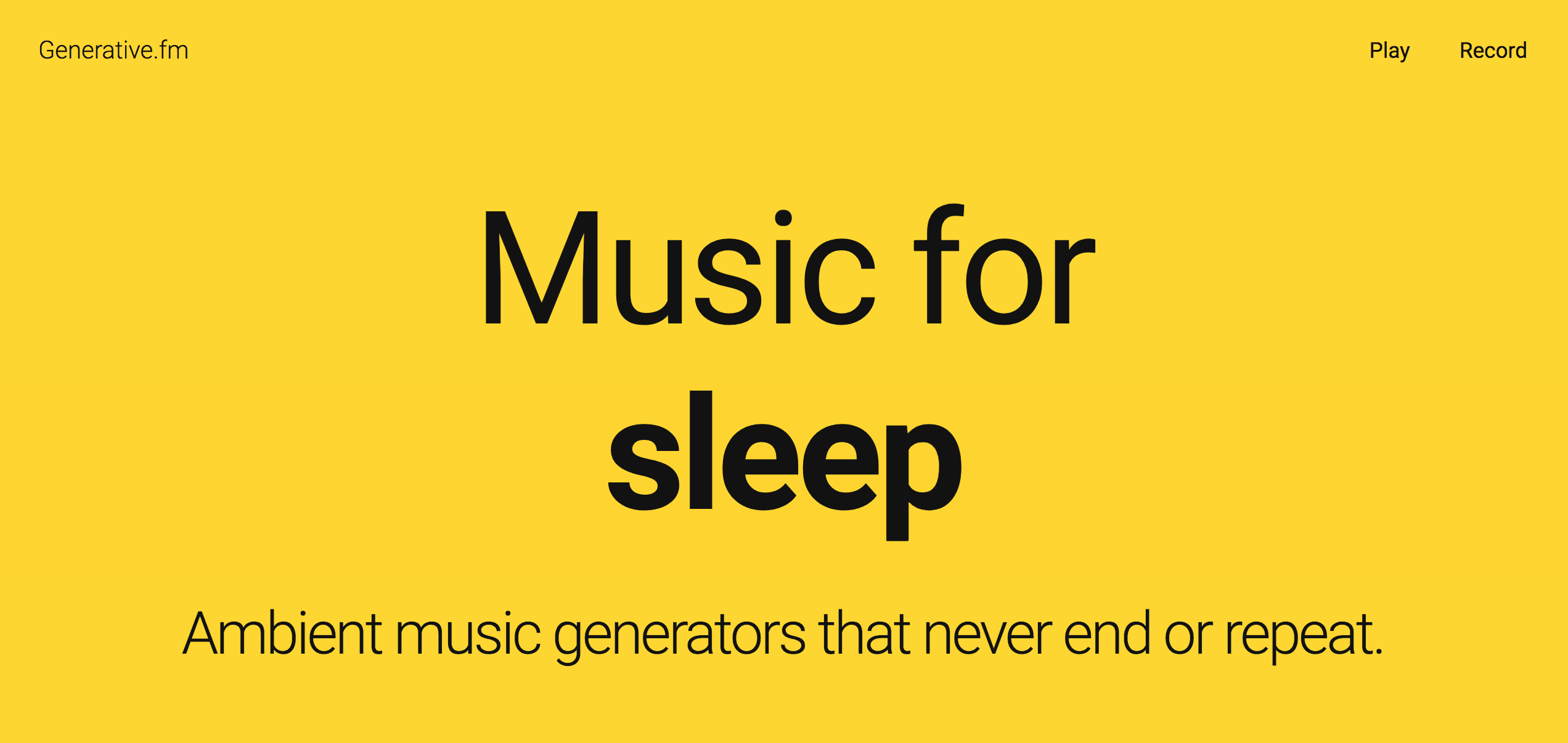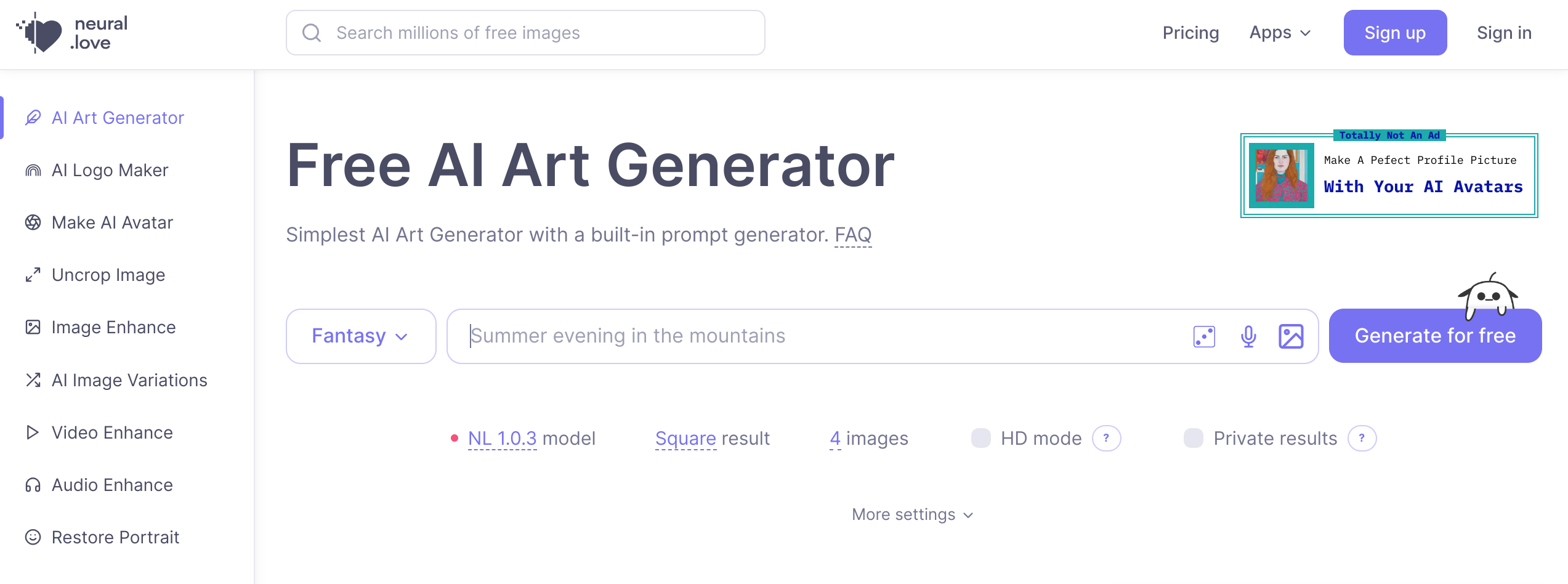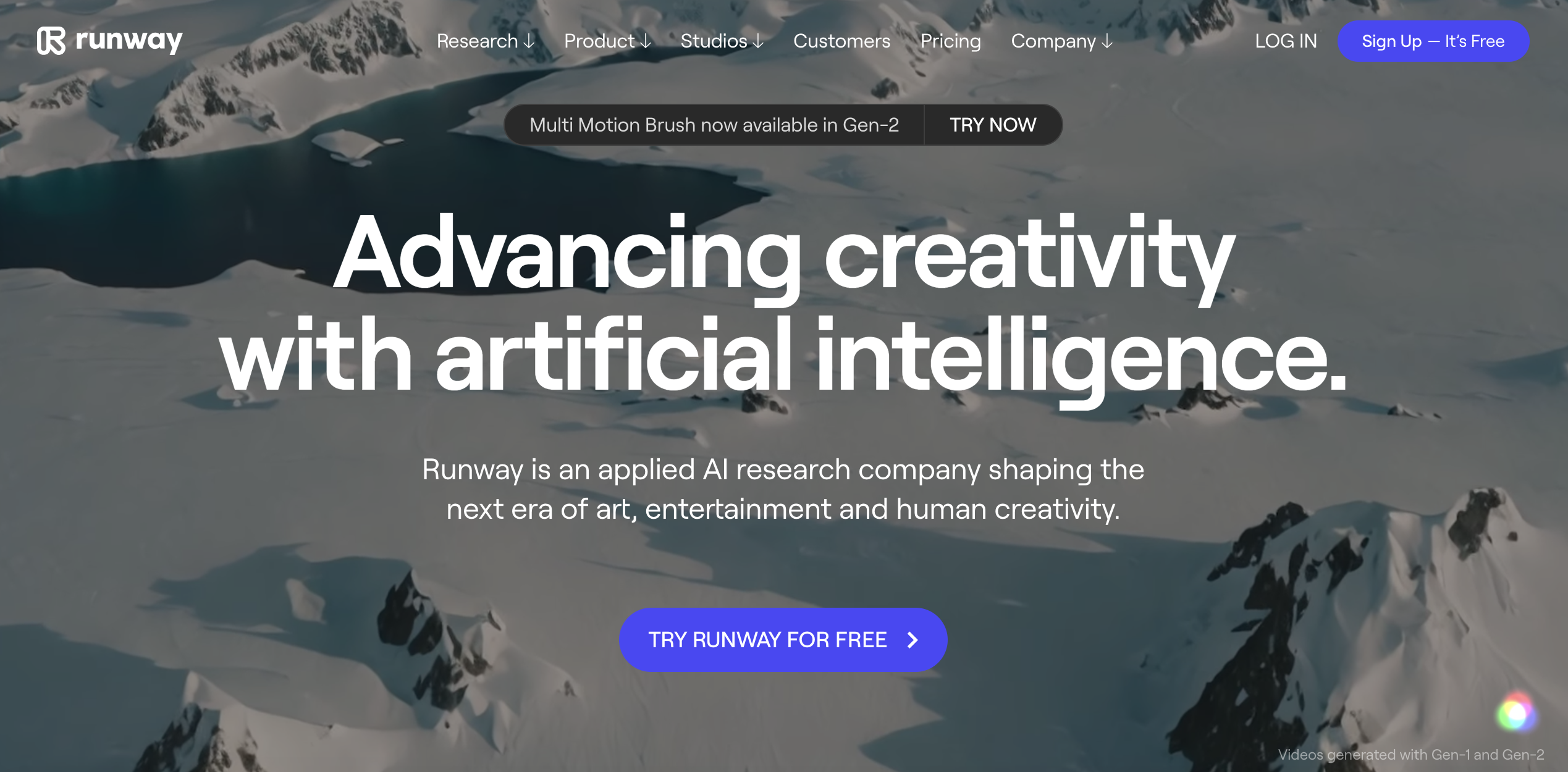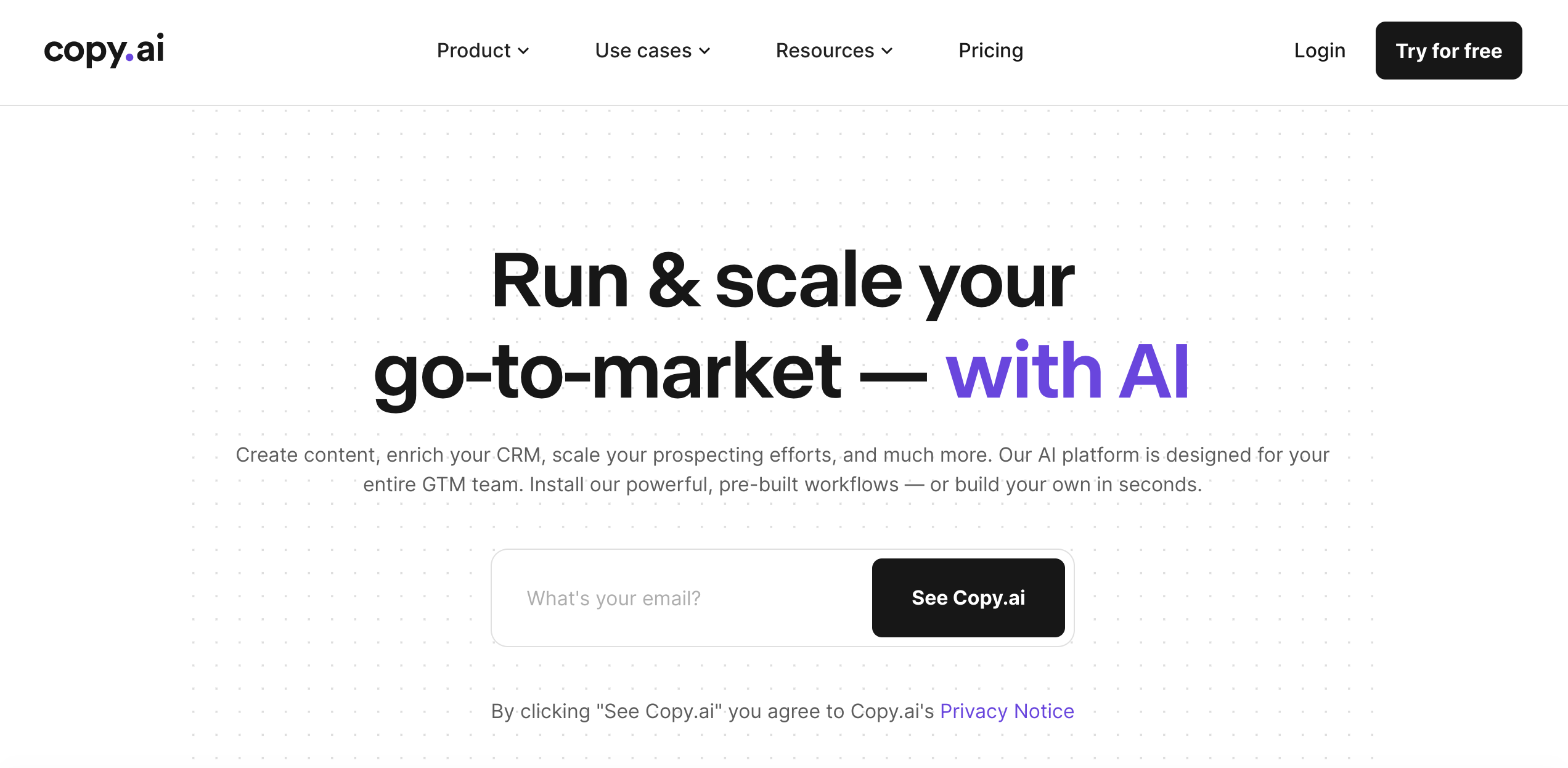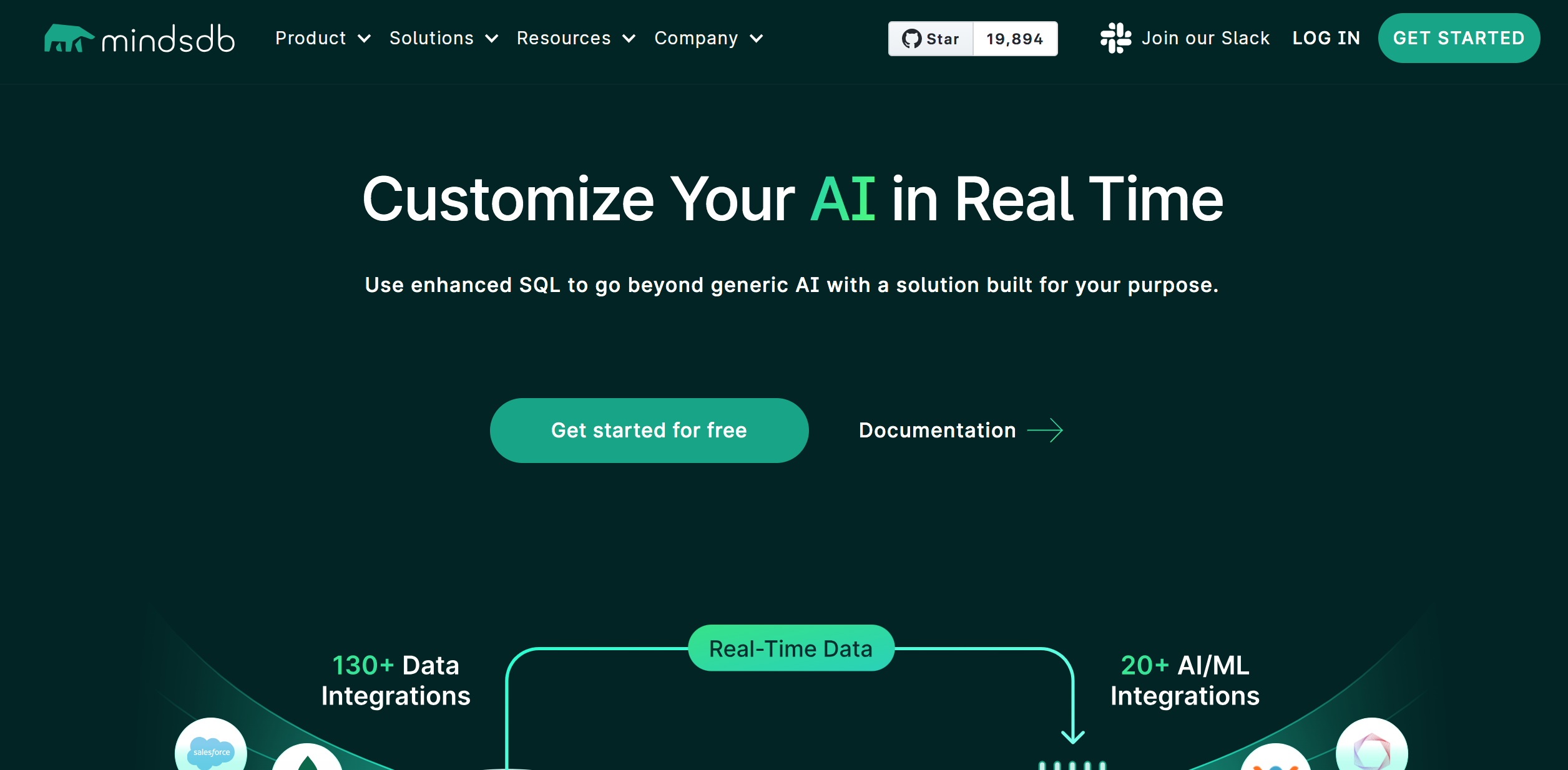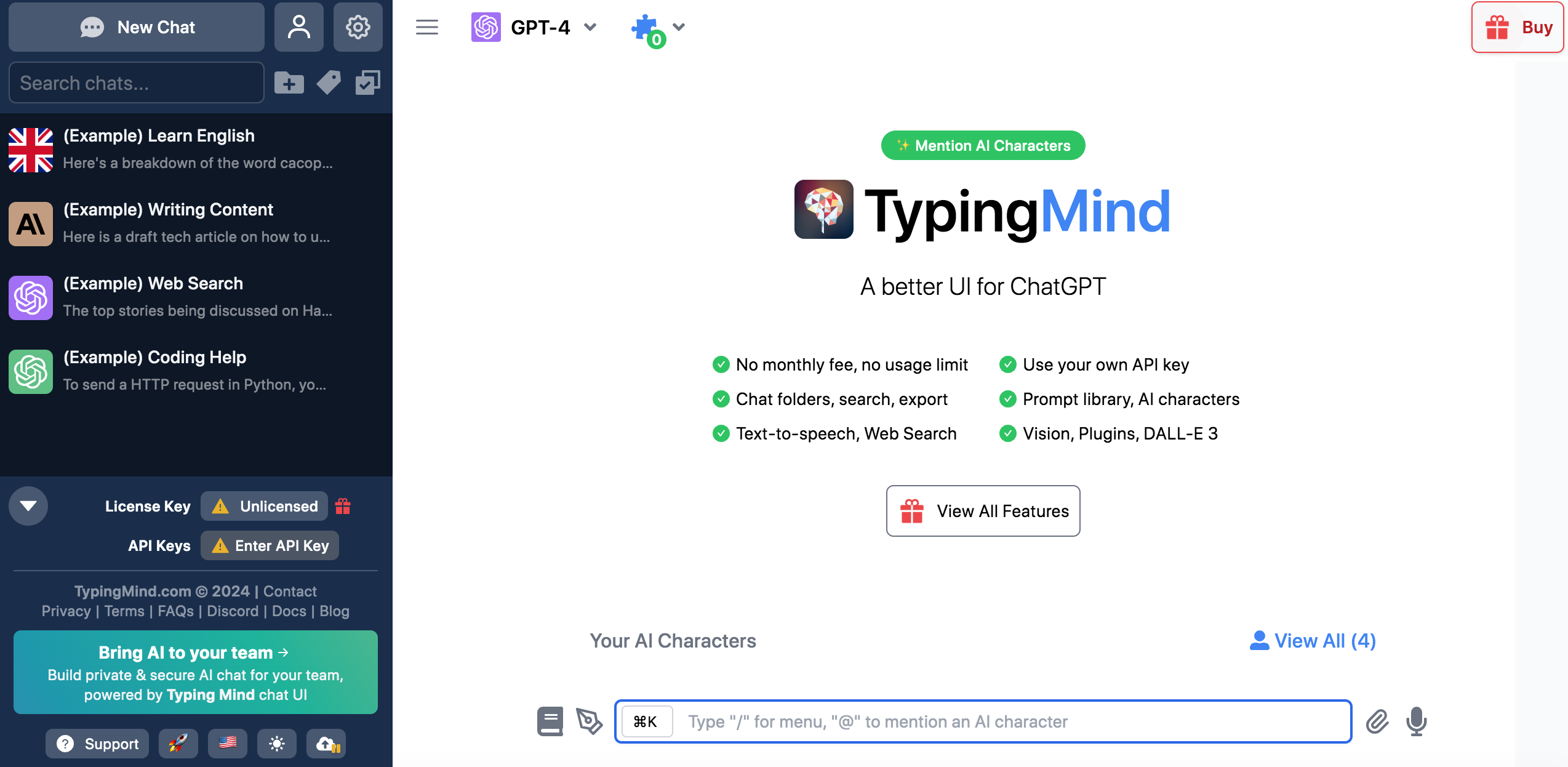Introduction:
Non-Fungible Tokens (NFTs) have become a hot topic in recent years, with the market growing rapidly and attracting attention from investors and artists alike. NFTs are unique digital assets that can be bought and sold on blockchain platforms, and they have the potential to revolutionize the way we think about ownership and value in the digital world. With the advent of Artificial Intelligence (AI) technologies, the potential of NFTs is even greater, as AI offers new opportunities to create and enhance digital assets. In this article, we’ll explore how AI is changing the game for NFTs, the benefits and challenges of using AI in NFTs, and the future of this exciting new technology.
What are NFTs?
Before we dive into the role of AI in NFTs, it’s important to understand what NFTs are and how they work. NFTs are unique digital assets that are verified on blockchain platforms, such as Ethereum. They can represent a wide range of digital content, including art, music, videos, and even tweets. Unlike traditional cryptocurrencies, which are fungible and interchangeable, each NFT is unique and has its own value. NFTs have become increasingly popular in recent years as a way to sell and own digital assets, with some NFTs fetching millions of dollars at auctions.
How is AI changing the game for NFTs?
AI technologies are transforming the way digital assets are created, curated, and valued. In the context of NFTs, AI offers new opportunities to create and enhance digital assets, making them more valuable and compelling. AI can be used to create original artworks, generate unique sounds, and even write code. By using AI algorithms, digital artists can create new and unique artworks that are unlike anything that has been seen before.
Benefits of AI in NFTs
The benefits of using AI in NFTs are numerous. One of the most significant advantages is the ability to create more diverse and unique digital assets. With AI algorithms, artists can create original and complex artworks, sounds, and even entire virtual worlds. AI can also help artists to automate some of the tedious and time-consuming aspects of creating digital assets, such as color grading and sound editing. Additionally, AI can help to reduce the risk of copyright infringement by generating original works that are not based on existing copyrighted material.
Challenges of AI in NFTs
While the benefits of using AI in NFTs are significant, there are also some challenges that need to be addressed. One of the most significant challenges is the lack of control over the final output of AI algorithms. Because AI algorithms are based on statistical probabilities, it can be challenging to predict the final output of an AI-generated artwork or sound. Additionally, there is a risk of over-reliance on AI, which could result in a lack of creativity and originality in digital assets.
Use cases for AI in NFTs
There are several exciting use cases for AI in NFTs. One of the most significant is the creation of original artworks. AI algorithms can generate complex and intricate artworks that are unique and compelling. Additionally, AI can be used to create new and innovative sounds and music, which can be used in virtual worlds and other digital environments. AI can also be used to create personalized virtual environments, such as virtual fashion showrooms and real estate tours.
Future of NFTs with AI
The future of NFTs with AI is bright, with numerous possibilities for innovation and growth. As AI technologies continue to develop and become more sophisticated, we can expect to see more advanced and complex digital assets being created. Additionally, as more artists and creators adopt AI technologies, we can expect to see a greater variety of digital assets being created and sold on blockchain platforms.
One potential area of growth for NFTs with AI is in the gaming industry. With the rise of virtual and augmented reality technologies, there is a growing demand for immersive and interactive gaming experiences. NFTs can be used to represent unique in-game assets, such as weapons, vehicles, and even characters, which can be bought and sold on blockchain platforms. By using AI algorithms to generate these assets, game developers can create more diverse and unique gaming experiences for players.
Another potential area of growth for NFTs with AI is in the fashion industry. Virtual fashion shows and digital fashion items have become increasingly popular in recent years, and NFTs can be used to represent these virtual fashion items. By using AI algorithms to generate unique designs and patterns, fashion designers can create one-of-a-kind virtual fashion items that can be sold as NFTs.
Conclusion:
The potential of NFTs with AI is vast and exciting, offering new opportunities for innovation and growth in the digital world. While there are challenges to using AI in NFTs, such as the lack of control over the final output of AI algorithms, the benefits of using AI in NFTs are significant. With the continued development of AI technologies and the growing popularity of NFTs, we can expect to see more diverse and unique digital assets being created and sold on blockchain platforms. NFTs with AI have the potential to revolutionize the way we think about ownership and value in the digital world, and it’s an exciting time to be a part of this emerging technology.
